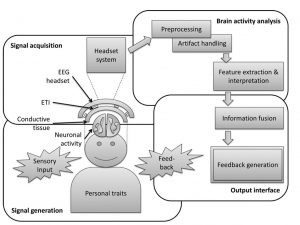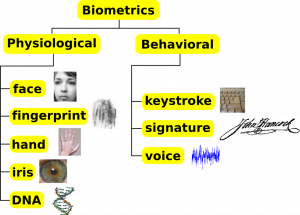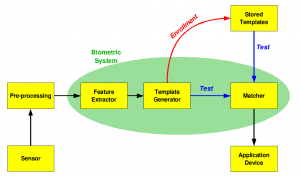With humans surviving on every continent, it is easy to believe that we are the dominant species on earth. However, humans live on land which takes up only 29% of the earth’s surface. The other 71% of earth is covered by water. Here a different class of organisms dominate, the teleost fish.
What are teleost?
Teleost fish are the largest group of ray-finned fishes with over 26, 000 species. Approximately 96% of fish on the planet are considered teleost.
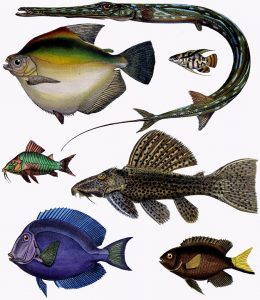
Teleost fish are the largest infraclass of Actinopterygii, the ray-finned fish. Image taken from Wikimedia.
Teleost fish are often identified by their:
- Symmetric forked tail structure
- Moveable upper jaw
- Swim bladder
- Unique eye structure
Teleost fish include many well known species such as rainbow trout, piranhas, and clownfish. Some examples of non-teleost fish include the sharks, rays, sturgeons, and lampreys.
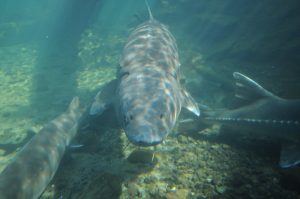
Sturgeon is an example of a non-teleost fish. Image taken by Melissa Shavlik.
Current reserach with teleost
How did these teleost fish win the evolutionary race against other species and dominate today’s oceans? Dr. Brauner, a researcher in the Department of Zoology at UBC, attempted to solve this mystery through his research article, “A novel acidification mechanism for greatly enhanced oxygen supply to the fish retina.” which was published this August. In this article, Dr. Brauner explains how the presence of a unique blood vessel structure (choroid rete mirabile), behind the eye is lined with a type of protein (vacuolar-type H+-ATPase) that is part of an efficient chemical mechanism in the eye. These factors allow teleost to be more sensitive to light over their competition.
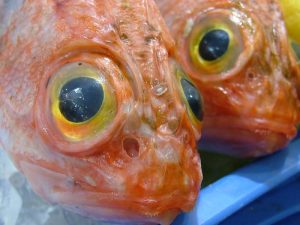
The eyes of the teleost fish have fewer visible blood vessels in the eye compared to other species. Image created by Chris Betcher.
While the cause of teleost dominance has yet to be proven, Dr. Brauner hopes to find answers to this in the future as well as using this research to help better understand how the acidification of the ocean could affect teleost fish. He also noted that oxygen delivery is a hot topic in the cancer research field and that this mechanism could help us better understand and treat cancer in the future.

Fish Physiology series co-editors Dr. Colin Brauner and Dr. Anthony Farrell. Image from UBC Library.
In the following video, Dr. Brauner elaborates in detail on the eye mechanisms of teleost fish along with explanations on the sheer efficiency inside the teleost fish eyes compared to human eyes.
How the teleost changed over time
The HOOKED podcast segment features a discussion on the significance of teleost dominance, along with additional evolutionary mechanisms that were developed by the teleost fish species.
Mysteries of the teleost that have yet to be unlocked.
While the true factors which caused the teleost class of fish to become evolutionary dominant remains a mystery, researchers like Dr. Brauner are using various mechanisms to help us try and find these answers. This could ultimately lead to the uncovering of new truths about evolution, the history of fish, how these fish will be affected by climate change, as well as helping us better understand the species which we share a planet with. After all how can humanity plan for the future without understanding those we share the planet with?
– A collaboration by Michelle Huynh, JD Villareal, Gordon Wu, & Yoshinao Matsubara
Additional sources: The Hooked Podcast uses bubble sound effects and congo sound effects from soundbible.com.

